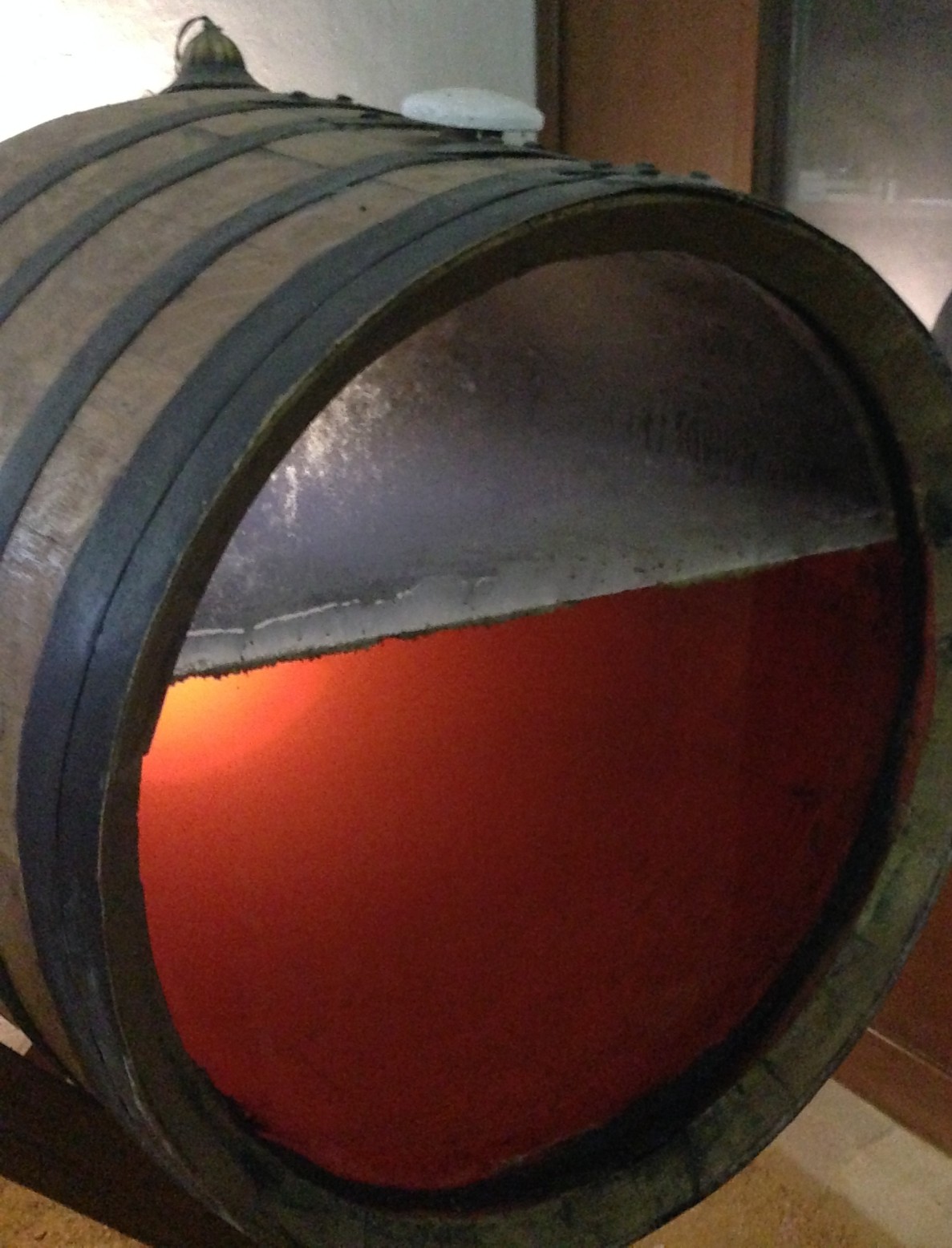The most important grape variety in the production of sherry is Palomino fino. About 95% sherry is made from this strain, which thrives best on warm, dry soil and produces wines that tend to oxidize. This is very conducive to the production of an oxidatively matureded wine, such as Oloroso.
To fortify the acid and to assist in the formation of aromatic esters, calcium sulfate (Yeso) is often introduced into the soil. The harvest by hand usually begins in early September and lasts about a month. Pressing of harvested grapes follows as quick as possible to avoid an oxidation. The pressing must not yield more than 70 l of must per hundred kilograms of grapes. The Capataz (cellar master) determines which wine should be produced from the grapes delivered: Fino or Oloroso. Prior to fermentation at higher temperatures (22 ° C to 24 ° C) than usual for white wine, the acidity is matched with tartaric acid. Fino is fermented at a slightly lower temperature than Oloroso. After the yeast used for fermentation has been removed, the Capataz classifies the usage of the wines by chalk marks, named raya or palo, and so also to which degree the base wine, called Mosta has to be fortified with alcohol. Base wines intended to use as Fino, Manzanilla or Amontillado get one line, Oloroso a line and a dot, other styles two lines, wines destined for distillation wines three lines and wines that are to be processed into vinegar, get the label VE, according to vinegar.

A Mosta with a line will be fortified with pure alcohol from grapes to 15% (Fino). This enables the development of a flor layer on the surface and so a reductive ageing, as the wine is protected by the flor layer largely from oxygen access. However, as the yeasts need oxygen to grow, the barrels are not completely filled. Under the Flor, which can only develop in the humid marine climate of the sherry region, the notes of almonds and fresh bread mature, which are so typical of fino or manzanilla. Mosta which is intended to use for Oloroso will be fortified to at least 17% alcohol by volume, which prevents the development of a flor layere and thus the wine can be matured purely oxidative. In both cases, dry wines are produced with less than five grams of residual sugar per liter. Further maturation is mainly done in the solera system. Fino is taken and marketed with an average age of three years the solera. Oloroso is usually bottled after six to eight years.
Learn more about Wine-growing districts, Solera as well as Dry wine styles and Sweet wine styles of Sherry.